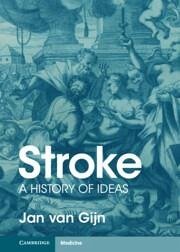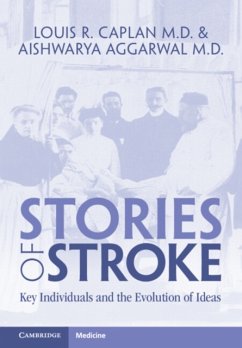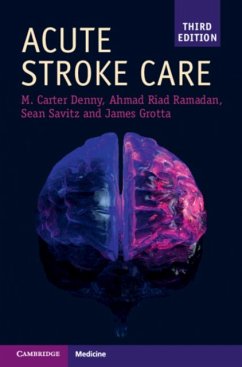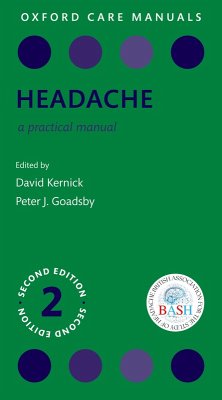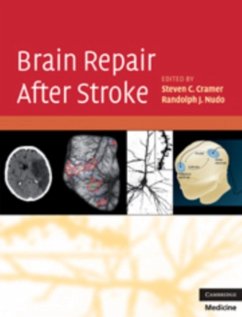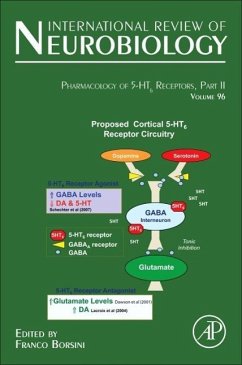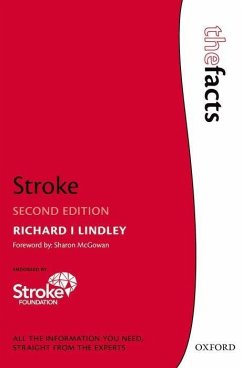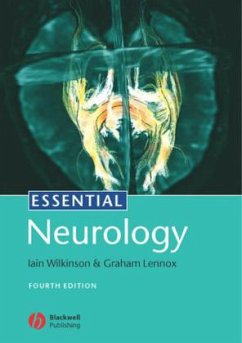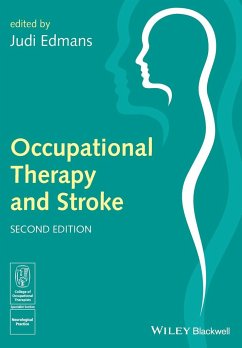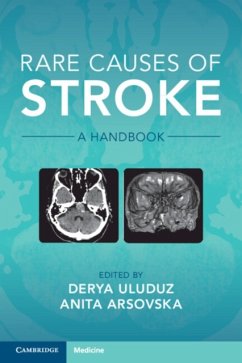
Rare Causes of Stroke
A Handbook
Herausgeber: Uluduz, Derya
Versandkostenfrei!
Versandfertig in über 4 Wochen
62,99 €
inkl. MwSt.
Weitere Ausgaben:

PAYBACK Punkte
31 °P sammeln!
This book provides contemporary, practical guidance through case reports concisely summarised by global leaders in the field describing the diagnosis and treatment of rare causes of stroke, from vasculitis, hypercoagulable states, hereditary and genetic factors, cardioembolism, vasculopathies, venous occlusive conditions to bone disorders.




